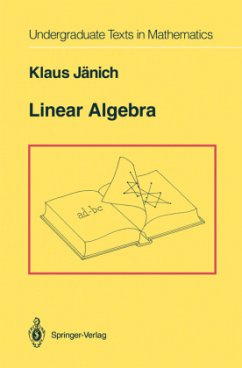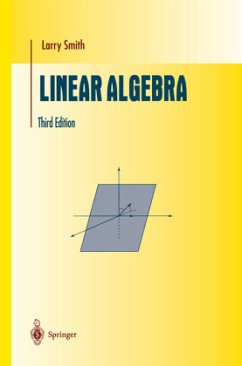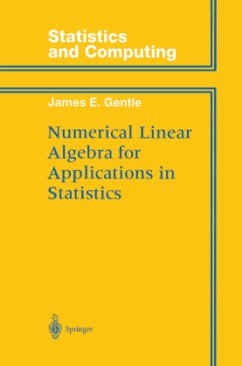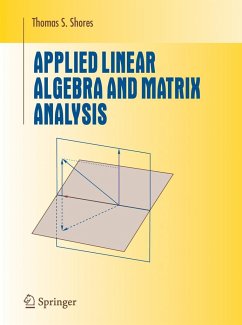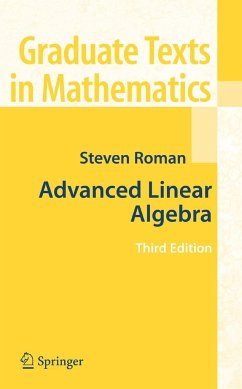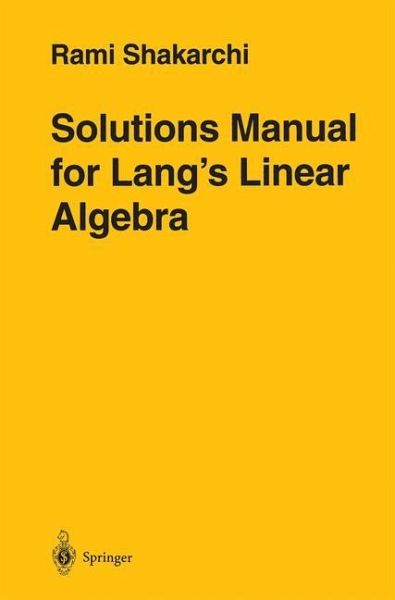
Solutions Manual for Lang's Linear Algebra

PAYBACK Punkte
41 °P sammeln!
This solutions manual for Lang's Undergraduate Analysis provides worked-out solutions for all problems in the text. They include enough detail so that a student can fill in the intervening details between any pair of steps. It will be an invaluable aid to instructors and students using the text.
The present volume contains all the exercises and their solutions of Lang's' Linear Algebra. Solving problems being an essential part of the learning process, my goal is to provide those learning and teaching linear algebra with a large number of worked out exercises. Lang's textbook covers all the topics in linear algebra that are usually taught at the undergraduate level: vector spaces, matrices and linear maps including eigenvectors and eigenvalues, determinants, diagonalization of symmetric and hermitian maps, unitary maps and matrices, triangulation, Jordan canonical form, and convex sets. Therefore this solutions manual can be helpful to anyone learning or teaching linear algebra at the college level. As the understanding of the first chapters is essential to the comprehension of the later, more involved chapters, I encourage the reader to work through all of the problems of Chapters I, II, III and IV. Often earlier exercises are useful in solving later problems. (For example, Exercise 35, §3 of Chapter II shows that a strictly upper triangular matrix is nilpotent and this result is then used in Exercise 7, §1 of Chapter X.) To make the solutions concise, I have included only the necessary arguments; the reader may have to fill in the details to get complete proofs. Finally, I thank Serge Lang for giving me the opportunity to work on this solutions manual, and I also thank my brother Karim and Steve Miller for their helpful comments and their support.





